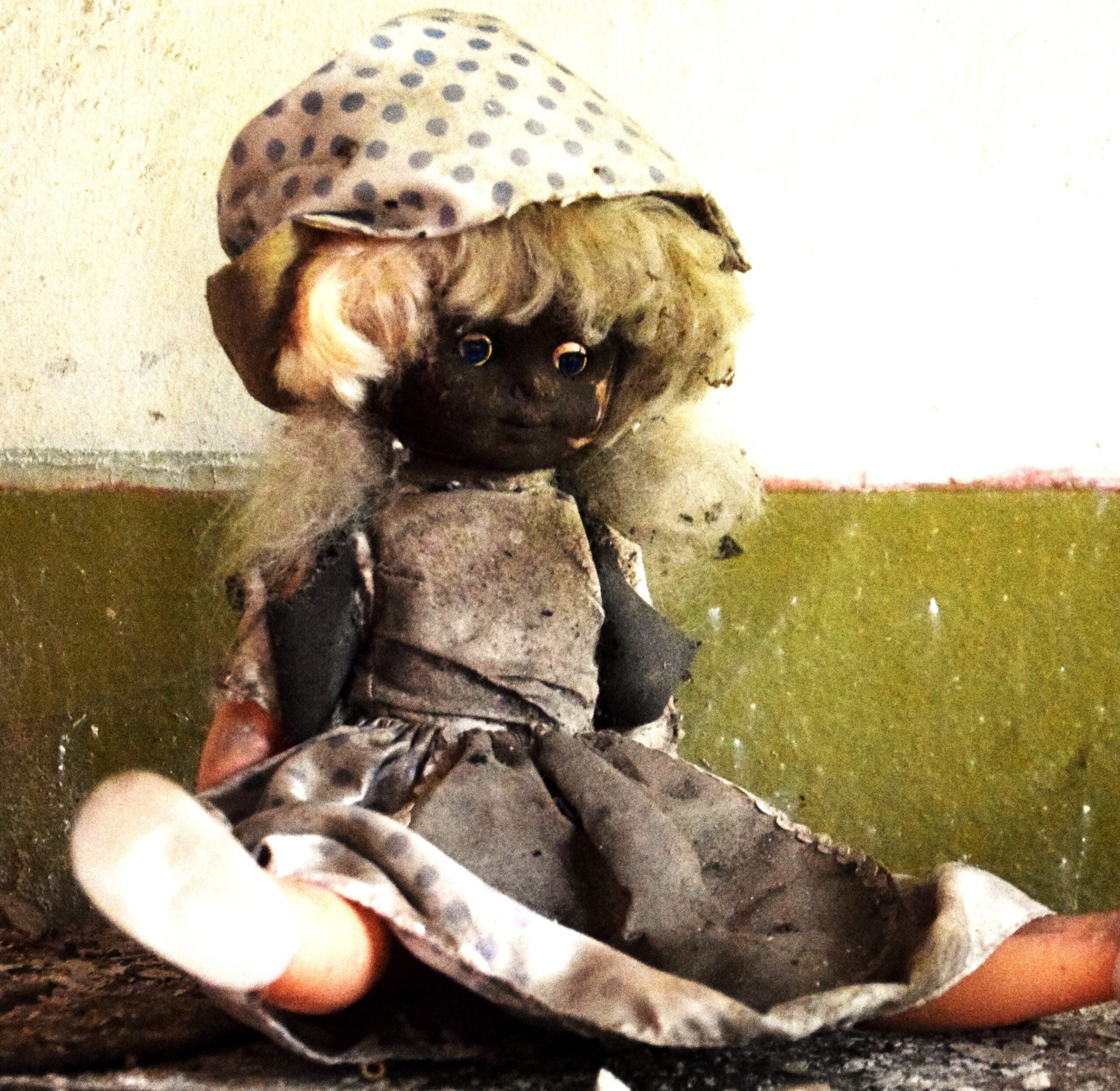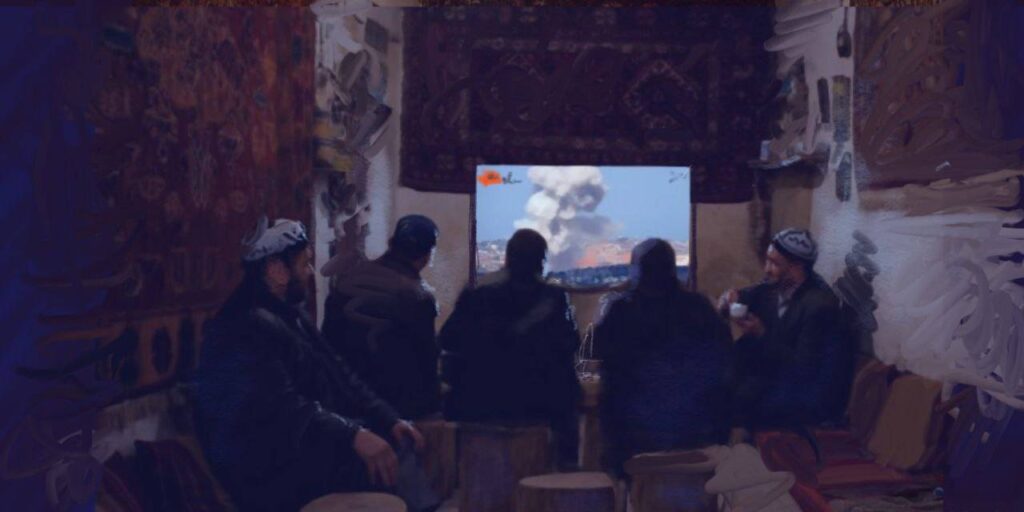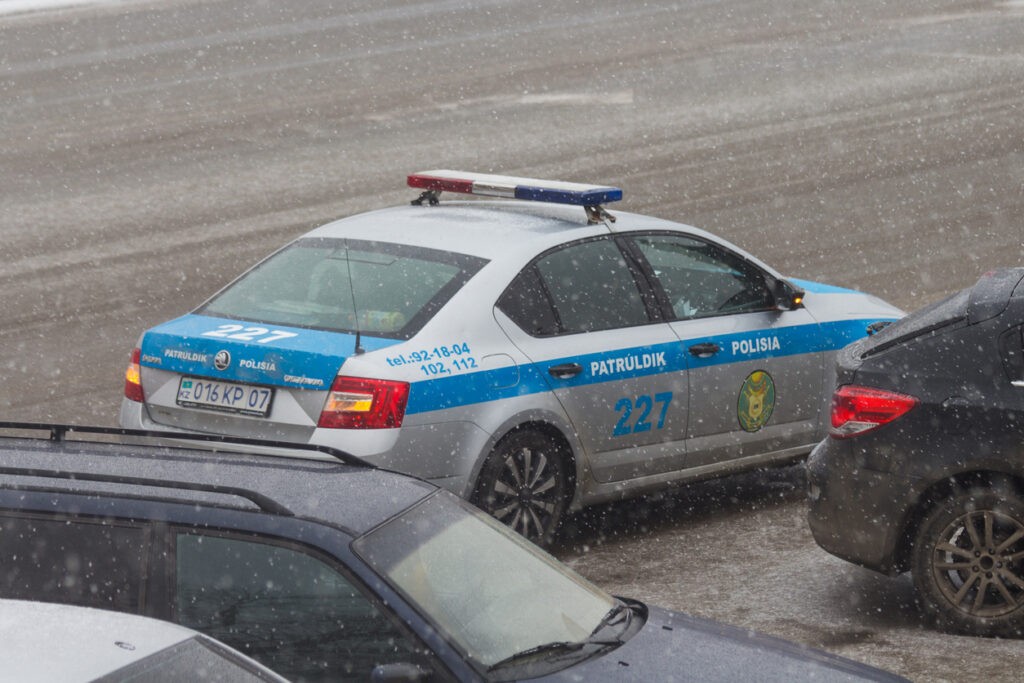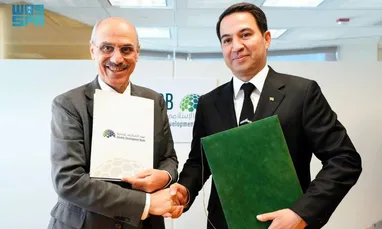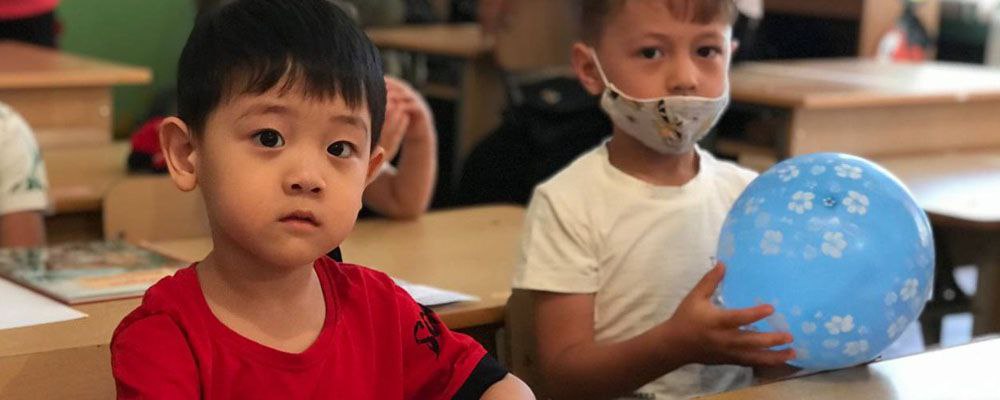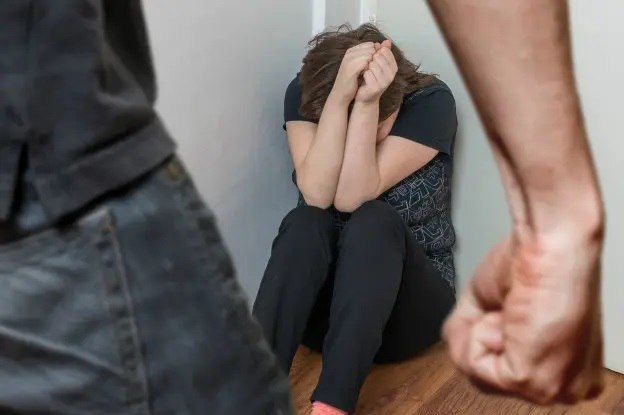In Almaty, a young woman threw herself off a Ferris wheel, falling to her death. Before committing suicide, she had strangled her five-year-old daughter. The number of children in Kazakhstan has soared over the past decade, but so have the number of crimes committed against minors.
When Mom and Dad are the murderers
In 2023, twenty-five children were murdered in Kazakhstan, seven of them by their relatives according to the country’s children’s ombudsman, Dinara Zakiyeva. This year, Kazakhstanis were shocked by numerous horrifying cases of child abuse.
According to relatives and neighbors, the family of the woman who strangled her daughter lived in the Ile District of Almaty Region and were financially secure and successful. The regional commissioner for children’s rights, Aigul Yesimbekova, explained that the woman had confesses her crime to her sister before committing suicide.
“The child had Down’s syndrome. The mother was most likely in an internal crisis and despair when she decided to do this,”Yesimbekova explained. “She went to her sister and told her that she was going to kill herself. When her sister tried to calm her down, she went to the park (the Central Park of Culture and Leisure in Almaty). Her husband is an IT specialist, and the financial component [of her life] was fine. She was not registered with psychiatrists, her husband makes money, and everything seemed fine, but the child was sick. Probably, her soul was in such a state of crisis; it is hard when a child is sick. Maybe she murdered the child in a rush of emotion, and then, unable to cope with the guilt, she took the step she did.”
According to Zakiyeva, such families are in critical need of psychological support, and child protective services should supervise them. However, the situation with psychologists and child social workers in Kazakhstan is poor.
At the end of June, a court in the Turkestan Region convicted a mother of killing her two children. Their bodies were found in a rented apartment in February 2024 in the city of Turkistan. The mother was sentenced to 15 years in prison. After killing her children, the woman called her friend and told her what she’d done.
Even against the backdrop of Kazakhstan’s high birth rates, the Turkestan Region – as is the entire south of the country – is an outlier. The percentage of people under the age of 18 in Kazakhstan stands at 34.1%, whereas in the Turkestan Region, this figure is 43.3%, followed by the Mangystau Region at 41.9%, and the federal city of Shymkent at 40.6%. Experts say that it is in the regions with the highest birth rates that the highest rates of violence against children are recorded.
In September of last year, a pedophile raped and brutally murdered a five-year-old girl who lived next to him in the village of Zhibek Zholy in the Turkestan Region. He was sentenced to life imprisonment and chemical castration. News of the murder almost sparked a riot and deadly reprisals against the rapist; the police barely managed to save him from enraged villagers. According to some reports, the murder of the child helped secure a toughening of punishments for crimes against children. Indeed, it was after this incident that Kazakhstani President Kassym-Jomart Tokayev raised the issue of amending the legislation pertaining to this. The new law provides more protection for women and minors, including in incidents of sexual assault.
The United Nations Development Programme (UNDP) in Kazakhstan commended the “legislative initiatives protecting women’s [and] children’s rights,” calling them a “crucial step towards equality, justice [and] safety for all citizens” that “lay a foundation for a stable, prosperous society.” The OSCE Programme Office in Astana, meanwhile, stated that it “welcomes the adoption and signing of two laws aimed at ensuring and protecting the rights of women and children, including the criminalization of violence towards them.”
In another recent example, in April 2024, in the Karaganda Region, a 21-year-old mother strangled her two daughters, two-year-old Mia and four-year-old Karina. The murder took place in the village of Gagarinskoye, located 15 minutes from the city of Temirtau, and is thought to have occurred due to their difficult financial situation. The woman has another surviving baby daughter.
“She strangled the children at lunchtime on Thursday, April 4, and until the evening she sat with the corpses waiting for her cohabitant. When he came home from work, she showed the children’s bodies on the bed and stated that they had died for no reason, by themselves. The cohabitant called the police. Then she tried to mislead the police too, putting forward a story that the children were poisoned by an unknown substance. The police immediately went to the kitchen to see what they had eaten last, but there was not a crumb of food there,” it was reported.
That same month in Shymkent, a two-year-old boy was thrown out of a third-floor window by his uncle. The court released the man from criminal liability having found him to be insane, and ordered that he undergo compulsory treatment at a specialized hospital.
In 2021, Almaty was the scene of another terrible incident. A young mother threw her son and two daughters out a ninth-floor window before jumping herself. The family was living in a rented apartment. Nasimzhan Ospanova, who chairs Kazakhstan’s Committee for the Protection of Children’s Rights under the Ministry of Education, recently called Kazakhstani parents’ attention to the literal epidemic of children falling out of windows. Ospanova says there were 59 such cases in 2023, while 14 were recorded in the first four months of this year alone. In most cases, the children died, and the very existence of such events suggests they were in most cases left unattended.
In June 2024, a case involving the cruel treatment of adopted children was uncovered in Shymkent. The head of the family did not allow them to wash, didn’t feed them, and forced them to do backbreaking work. According to ombudsman Zakiyeva, the suspect in the case is mentally ill, but had been allowed to take custody of the children after providing documents that confirmed he had no mental illness. There were six children in the family. According to official data, in Shymkent, one of the largest cities in the country, there are only five child social workers.
In January of this year in Almaty, a father rented an apartment and killed his two school-age sons there. “He turned on the TV, fed them, sat at the table, and wrote. He wrote three or four pages – a letter to Alena, my granddaughter,”said the grandmother of the murdered boys. “Then he started chasing them. Both of their throats were cut. Their hands were all closed like this. Usually, dead people’s hands are open, but theirs were all closed; it was impossible to look.” Investigators discovered that the man had murdered the children as an act of revenge against his ex-wife.
The above cases represent only a small part of the overall picture, but they serve to clarify the fact that many Kazakhstani children need immediate help.
New laws must be drafted and funds allocated
As mentioned, in April of this year Kazakhstan passed a law toughening the punishment for domestic abusers and rapists. In particular, life imprisonment is now the only available sentence for murdering a minor. No matter how harsh the new norms are, however, the state must not only ensure that criminals are punished but also take measures to prevent murder, rape, torture, and gross neglect.
According to Ombudsman Zakiyeva, six criminal offenses and three sex crimes are committed against children every day in Kazakhstan. One or two children attempt or commit suicide daily in the country.
“The most important thing is zero tolerance for violence in society. Of course, we need laws, and of course, we need trained [child social] workers and competent personnel. But first, we need to develop zero tolerance for violence in society. According to international experts, only 40% of victims, for example, of domestic violence seek help, and only 10% of them turn to the relevant bodies, i.e., law enforcement, for help,” says Zakiyeva.
In addition to the conservative mentality of many Kazakhstanis – which discourages reporting crimes which occur within the family to the police – the country has an acute shortage of personnel. With a full workload, many social workers perform their duties perfunctorily and don’t visit families with problems.
“The Ministry of Education and I have worked on amendments regarding fixing the number of child protective services workers in legislation – one worker for every 5,000 children. This is the international standard. We now have a national average of one worker for every 22,000 children. For example, in Shymkent, there are five workers for 480,000 children, about 96,000 children per worker. In this regard, we worked on the necessary changes to the legislation, prepared amendments, and sent them to the Mazhilis. Having been supported by MPs, they were sent to the government for final consideration,” stated the ombudsman.
In addition to the lack of social workers, there is also a severe shortage of support centers and call centers where women and children can turn for protection. However, some steps are already being taken to address this issue. “From September, lessons regarding child safety will be introduced in schools. Children will be regularly given basic rules for ensuring their own safety and helpline numbers, which must be constantly repeated so that a child knows where to turn. In addition, rules for safety on social media and the internet will be explained,” concluded Zakiyeva.
